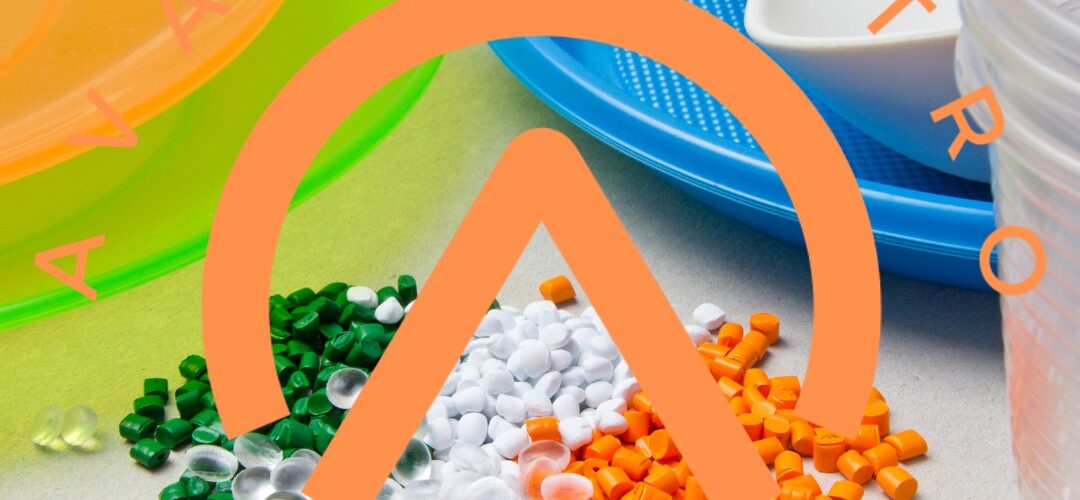Is polyethylene soluble in nature
Understanding the Solubility of Polyethylene: A Comprehensive Guide
Polyethylene, a widely-used thermoplastic polymer, has revolutionized various industries due to its versatility and durability. One common query that often arises regarding this polymer is its solubility in nature. In this detailed guide, we delve into the intricate aspects of polyethylene solubility to provide a comprehensive understanding.
What is Polyethylene?
Polyethylene is a synthetic polymer composed of repeating ethylene units. Its molecular structure primarily consists of long chains of carbon atoms bonded to hydrogen atoms. This versatile material is renowned for its robustness, flexibility, and resistance to moisture, chemicals, and impact.
Solubility of Polyethylene in Nature
Polyethylene is generally considered insoluble in most solvents due to its high molecular weight and non-polar nature. This characteristic arises from the strong intermolecular forces within the polymer structure, making it resistant to dissolution in common solvents such as water, alcohol, and acetone.
Factors Affecting Solubility
The solubility of polyethylene can be influenced by various factors:
Molecular Structure
The high molecular weight and long-chain structure of polyethylene contribute significantly to its insolubility. The extensive network of carbon-carbon bonds in its backbone restricts interactions with solvents, rendering it resistant to dissolution.
Temperature and Pressure
While polyethylene remains largely insoluble under normal conditions, alterations in temperature and pressure might affect its solubility. However, significant changes in these factors are typically required to induce any notable solubilization.
Chemical Modifications
Certain chemical treatments or modifications can alter the properties of polyethylene, potentially affecting its solubility. However, these alterations often involve complex chemical processes and may not lead to complete dissolution in nature.
Solubility Testing of Polyethylene
Several methods exist to test the solubility of polyethylene, although achieving complete dissolution in nature remains a challenge due to its inherent properties. Solubility tests involving various solvents and controlled conditions can provide insights into the material’s interaction with different environments.
Practical Applications and Implications
The insolubility of polyethylene contributes significantly to its widespread use in numerous applications, including:
Packaging
The impermeable and water-resistant nature of polyethylene makes it an ideal material for packaging various products, safeguarding them from moisture and external contaminants.
Construction
In the construction industry, polyethylene’s durability and resistance to weathering make it valuable for manufacturing pipes, insulation, and protective coatings.
Medical Equipment
Polyethylene’s biocompatibility and resistance to chemical reactions make it suitable for medical equipment, such as prosthetics and implants.
Environmental Impact and Sustainability
Despite its invaluable properties, the environmental impact of polyethylene, particularly in the form of single-use plastics, raises concerns. Efforts toward recycling and developing biodegradable alternatives aim to mitigate its adverse effects on the environment.
Conclusion
In conclusion, the solubility of polyethylene in nature remains a topic of interest due to its widespread usage across diverse industries. However, its inherent characteristics, including high molecular weight and non-polar structure, contribute to its insolubility in most solvents.
Understanding the intricacies of polyethylene’s properties, applications, and environmental impact is crucial in leveraging its benefits while mitigating its drawbacks.
Written by Emir Narin

